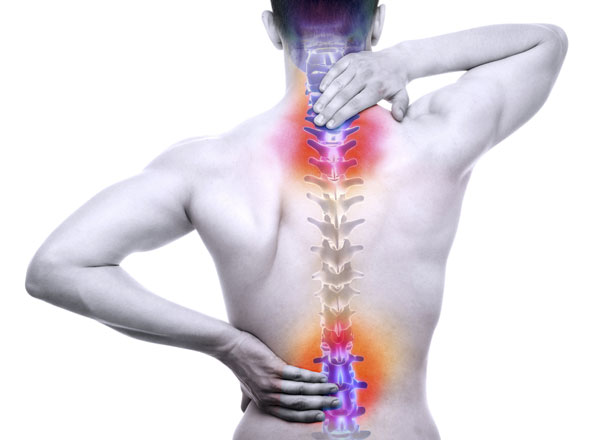
The spine commonly called the backbone is responsible for one’s stabilty and mobility. The spine is made up of many bony segments, the vertebra and the fibrous tissues referred as the inter vertebral discs. Degenerative disorders, fractures and dislocations of the discs of the spine between the upper and the lower ends, any kind of deformity or infection to the spine, all lead to chronic back pains leading to the requirement of treatment.
Typical lumbar stenosis treatments include one or a combination of the following:
Activity modification. Patients are usually more comfortable when flexed forward. For example, many patients can ease leg pain and discomfort when walking by leaning forward on a cane, walker or shopping cart.
Exercise. This treatment will be recommended as part of treatment for most people with lumbar spinal stenosis. A targeted program of spinal stenosis exercises with guidance from a physical therapist or doctor can prevent further debilitation arising from inactivity. Modifications to exercises can be made to ensure patient comfort. For example, stationary biking can be a beneficial treatment option because patients are sitting and positioned in a flexed-forward position while exercising.
Non-steroidal anti-inflammatory drugs (NSAIDs). Since inflammation is a common component of spinal stenosis, anti-inflammatory drugs, such as ibuprofen (e.g. Advil), naproxen (e.g. Aleve) or Cox-2 Inhbitors (e.g. Celebrex), may be an effective lumbar stenosis treatment.
Epidural injections. These injections are given on an out-patient basis and usually take 15 to 30 minutes to complete. The physician guides a needle into the epidural space (located within the spinal canal between the lamina and the sac around the nerve root called the dura mater or dura). Once the needle is in the correct position, the epidural steroid solution is slowly injected. Epidural injections use steroids as an anti-inflammatory agent and often include a fast-acting local anesthetic for temporary pain relief.
Spinal pain in the lumbar region (lower back) and cervical region (neck) are highly prevalent and are often the causes for many lost work days. Lumbar muscle strains and sprains are the most common causes of low back pain. The thoracic spine can also be a site of spinal pain, but because it is much more rigid, the thoracic spinal area is much less frequently injured than the lumbar and cervical spine.
The lumbar and cervical spine are prone to strain because of its weight-bearing function and involvement in moving, twisting and bending. Lumbar muscle strain is caused when muscle fibers are abnormally stretched or torn. Lumbar sprain is caused when ligaments — the tough bands of tissue that hold bones together — are unusually stretched. Both of these can result from a sudden injury or from gradual overuse.
When the lumbar spine is strained or sprained, the soft tissues become inflamed. This inflammation causes pain and may cause muscle spasms. Even though lumbar strain or sprain can be very debilitating, neither usually requires neurosurgical attention.
Spinal pain can be caused by things more severe that might require surgical consideration. These usually involve spinal pain that radiates into arms, legs or around the rib cage from back toward the anterior chest.
Three types of muscles support the spine:
Non-surgical low back, cervical and thoracic pain usually affects the central or para-spinal soft tissue without radiating into the arms, around the chest or down the legs. On the contrary, pain radiating from the spine into the extremities or chest wall implies structural pinching of the nerves in the spine that might require a surgical opinion if the situation fails to improve within days to weeks with non-surgical symptomatic treatment.
Other symptoms include: